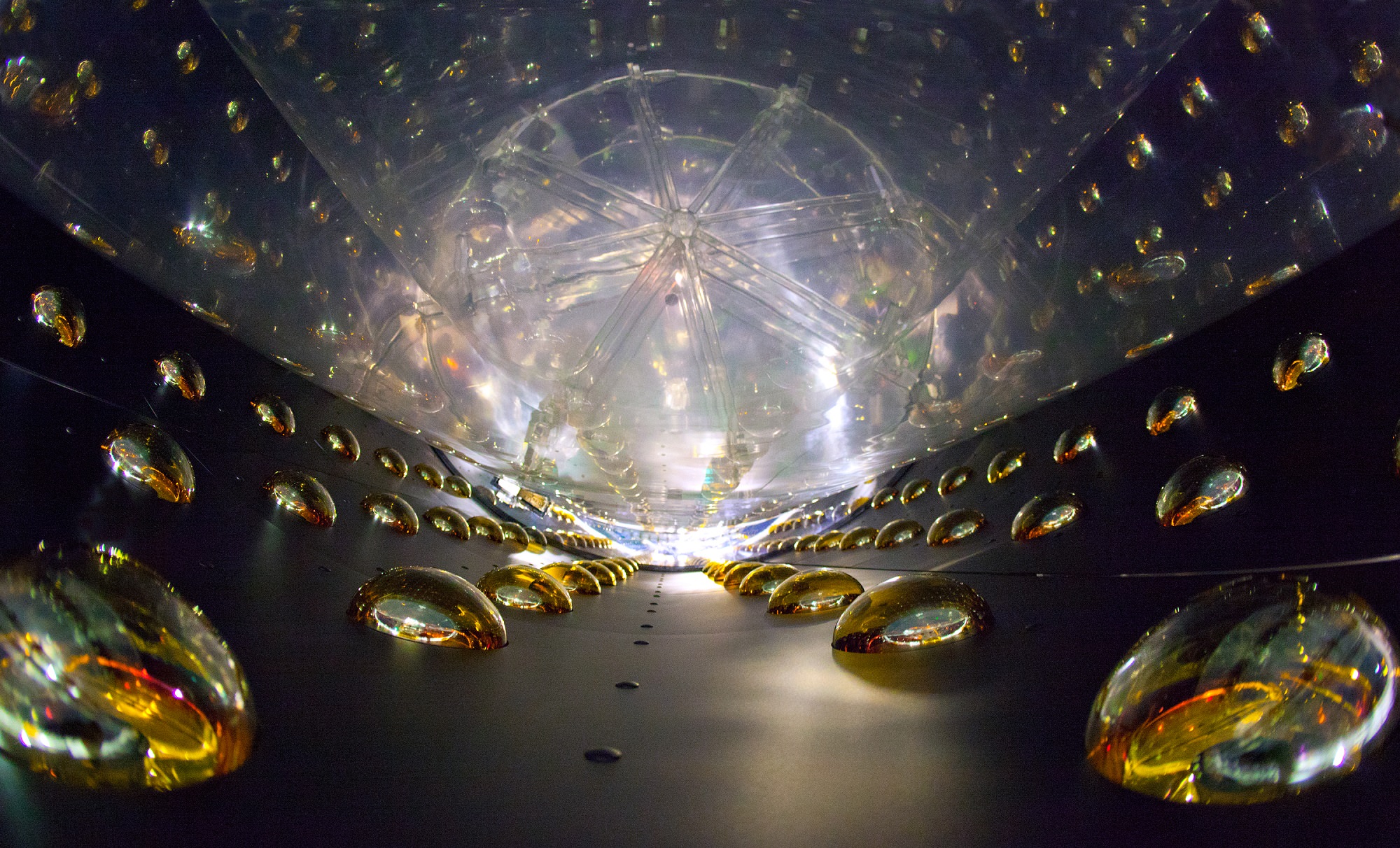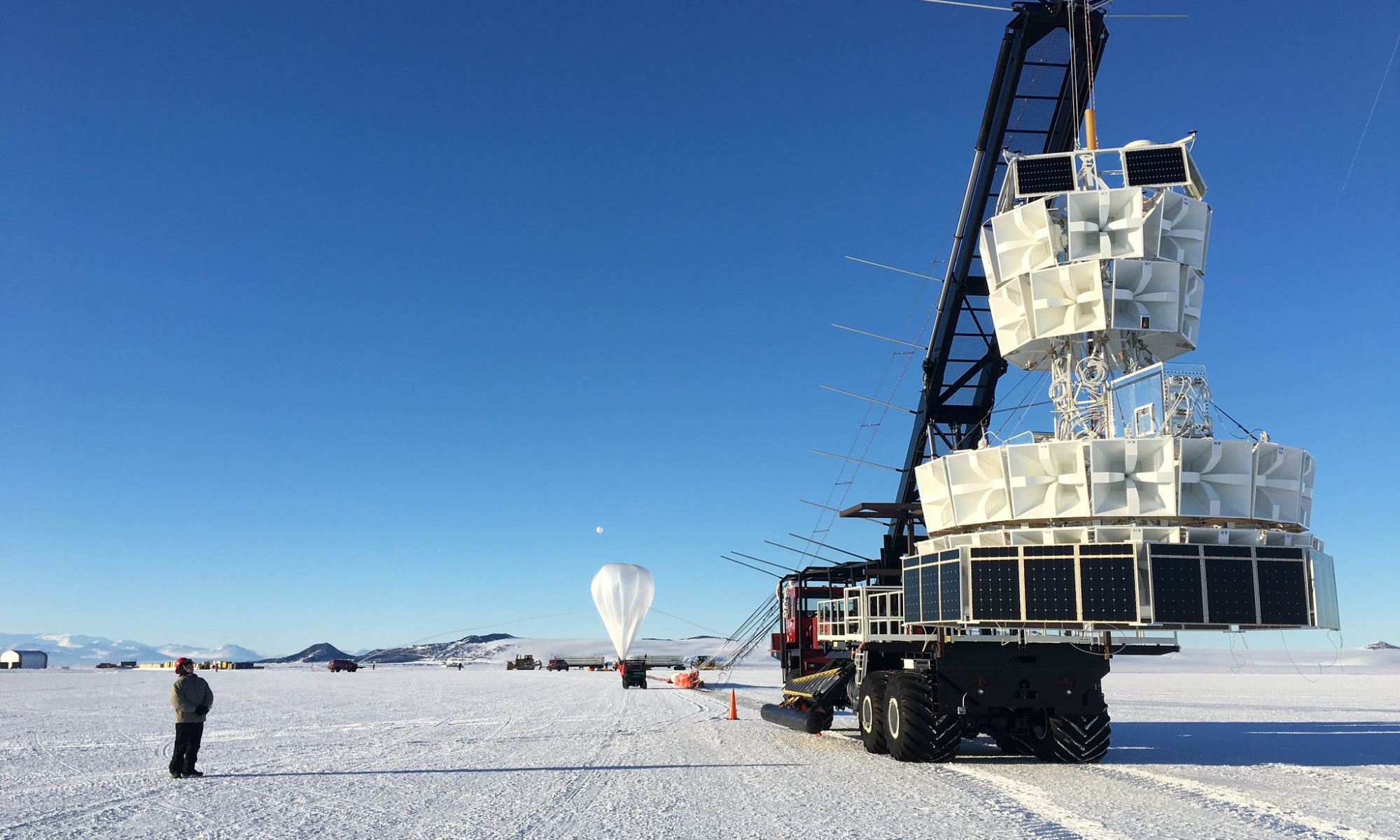We don’t know what dark matter is. We do know what it isn’t, and that’s a problem. Matter is made of elementary particles, from the quarks and electrons that make up atoms and molecules, to primordial neutrinos spread throughout the cosmos. But none of the known elementary particles can comprise dark matter, so what is it?
Continue reading “If Dark Matter is Made of Sterile Neutrinos, a new Survey has Narrowed Down What to Look for”Neutrinos Have a Newly Discovered Method of Interacting With Matter, Opening up Ways to Find Them
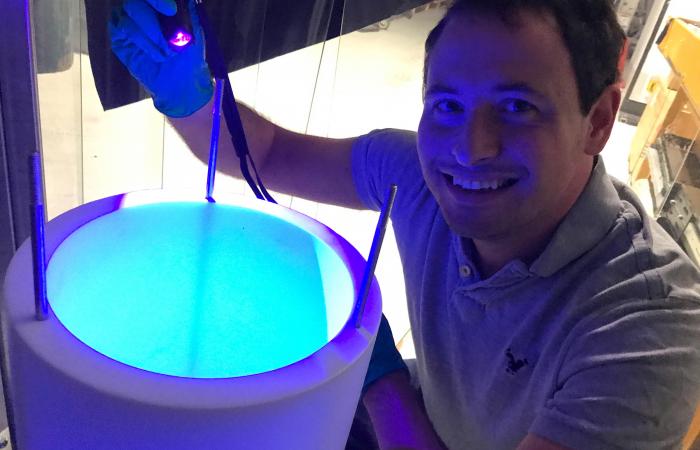
The neutrino is a confounding little particle that is believed to have played a major role in the evolution of our Universe. They also possess very little mass, have no charge, and interact with other particles only through the weak nuclear force and gravity. As such, finding evidence of their interactions is extremely difficult and requires advanced facilities that are shielded to prevent interference.
One such facility is the Oak Ridge National Laboratory (ORNL) where an international team of researchers are conducting the COHERENT particle physics experiment. Recently, researchers at COHERENT achieved a major breakthrough when they found the first evidence of a new kind of neutrino interaction, which effectively demonstrates a process known as coherent elastic neutrino-nuclear scattering (CEvNS).
Continue reading “Neutrinos Have a Newly Discovered Method of Interacting With Matter, Opening up Ways to Find Them”Astronomers are ready and waiting to detect the neutrino blast from a nearby supernova explosion like Betelgeuse
When giant stars die in impressive supernova blasts, about 99% of the energy released goes into producing a flood of neutrinos. These tiny, ghostly particles slip through tons of matter like it’s not even there. But a new generation of detectors will be able to catch them, telling us of the inner machinations of the deaths of stars.
Continue reading “Astronomers are ready and waiting to detect the neutrino blast from a nearby supernova explosion like Betelgeuse”Detecting the Neutrinos From a Supernova That’s About to Explode
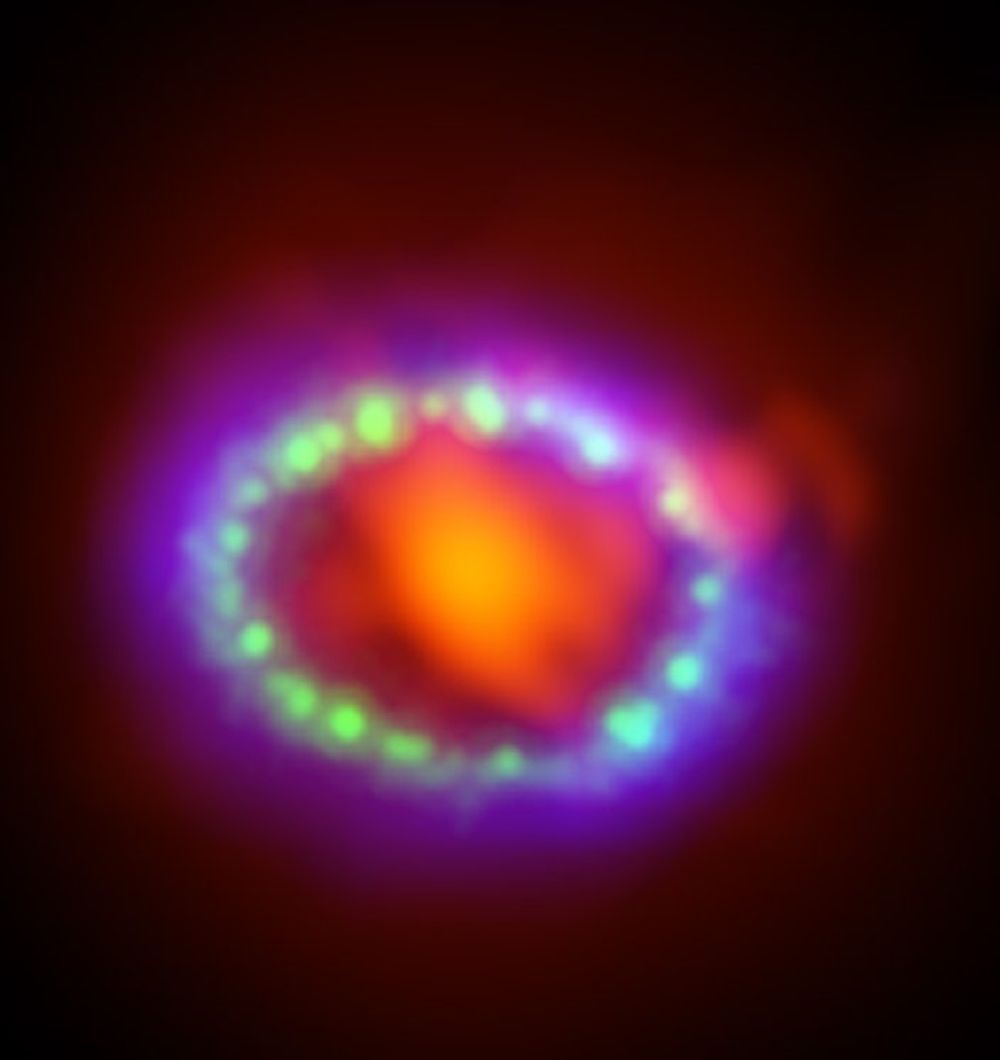
Neutrinos are puzzling things. They’re tiny particles, almost massless, with no electrical charge. They’re notoriously difficult to detect, too, and scientists have gone to great lengths to detect them. The IceCube Neutrino Observatory, for instance, tries to detect neutrinos with strings of detectors buried down to a depth of 2450 meters (8000 ft.) in the dark Antarctic ice.
How’s that for commitment.
Continue reading “Detecting the Neutrinos From a Supernova That’s About to Explode”High Energy Neutrinos Are Coming From Supermassive Black Holes
Neutrinos are mysterious and elusive particles. They have a tiny mass, no electric charge, and they interact with other matter only rarely. They are also extremely common. At any moment, about 100 billion neutrinos are streaming through every square centimeter of your body. Neutrinos were produced by the big bang, and are still being produced by everything from stars to supernovae.
Continue reading “High Energy Neutrinos Are Coming From Supermassive Black Holes”Why was there more matter than antimatter in the Universe? Neutrinos might give us the answer
The universe is filled with matter, and we don’t know why. We know how matter was created, and can even create matter in the lab, but there’s a catch. Every time we create matter in particle accelerators, we get an equal amount of antimatter. This is perfectly fine for the lab, but if the big bang created equal amounts of matter and antimatter, the two would have destroyed each other early on, leaving a cosmic sea of photons and no matter. If you are reading this, that clearly didn’t happen.
Continue reading “Why was there more matter than antimatter in the Universe? Neutrinos might give us the answer”Did Neutrinos Stop The Early Universe From Annihilating Itself?

We can create matter from energy in the lab. Particle accelerators do this all the time. When we do, half of what is created is matter and the other half antimatter. There is a symmetry in physics that requires matter and antimatter to appear in equal amounts. But when we look around the universe, what we see is matter. So how did the big bang create all the matter we see without creating an equal amount of antimatter? The answer could be neutrinos.
Continue reading “Did Neutrinos Stop The Early Universe From Annihilating Itself?”Neutrinos Have Been Detected With Such High Energy That The Standard Model Can’t Explain Them

Although neutrinos are mysterious particles, they are remarkably common. Billions of neutrinos pass through your body every second. But neutrinos rarely interact with regular matter, so detecting them is a big engineering challenge. Even when we do detect them, the results don’t always make sense. For example, we’ve recently detected neutrinos that have so much energy we have no idea how they are created.
Continue reading “Neutrinos Have Been Detected With Such High Energy That The Standard Model Can’t Explain Them”Physicists Don’t Know the Mass of a Neutrino, But Now They Know it’s No Larger Than 1 Electron Volt
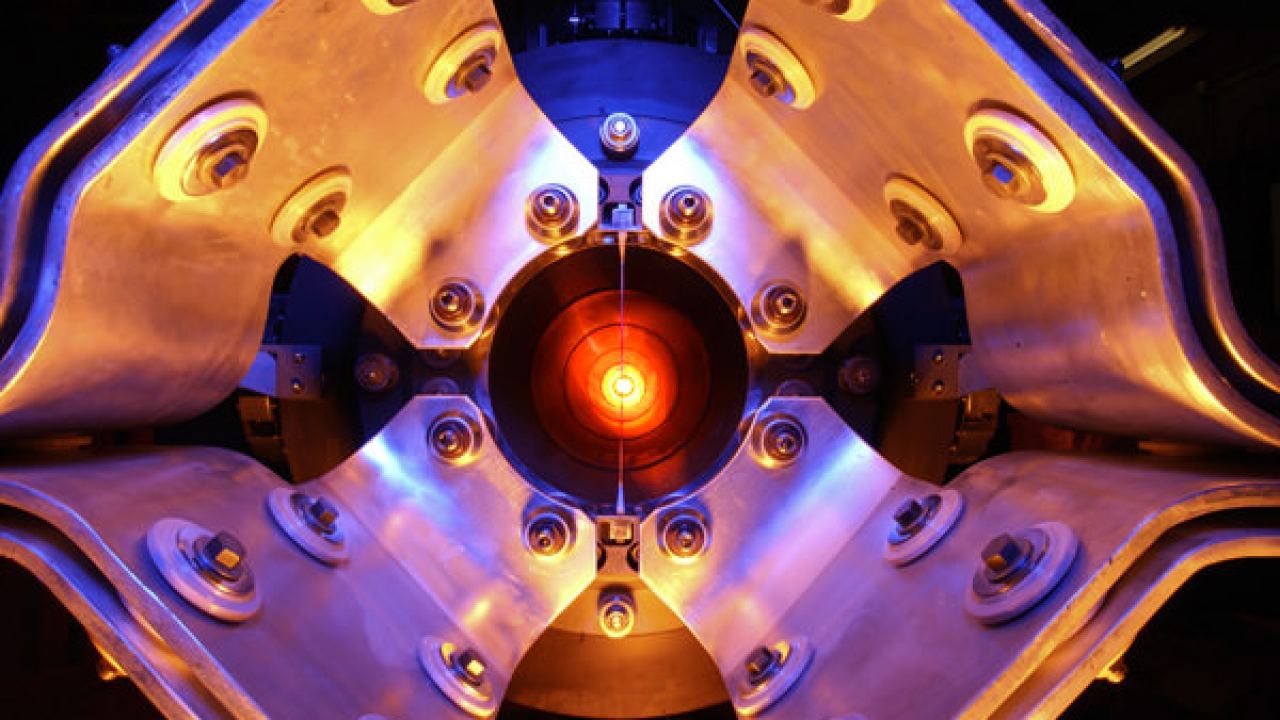
The Standard Model of Particle Physics is one of science’s most impressive feats. It’s a rigorous, precise effort to understand and describe three of the four fundamental forces of the Universe: the electromagnetic force, the strong nuclear force, and the weak nuclear force. Gravity is absent because so far, fitting it into the Standard Model has been extremely challenging.
But there are some holes in the Standard Model, and one of them involves the mass of the neutrino.
Continue reading “Physicists Don’t Know the Mass of a Neutrino, But Now They Know it’s No Larger Than 1 Electron Volt”Advanced Civilizations Could be Communicating with Neutrino Beams. Transmitted by Clouds of Satellites Around Neutron Stars or Black Holes
In 1960, famed theoretical physicist Freeman Dyson made a radical proposal. In a paper titled “Search for Artificial Stellar Sources of Infrared Radiation” he suggested that advanced extra-terrestrial intelligences (ETIs) could be found by looking for signs of artificial structures so large, they encompassed entire star systems (aka. megastructures). Since then, many scientists have come up with their own ideas for possible megastructures.
Like Dyson’s proposed Sphere, these ideas were suggested as a way of giving scientists engaged in the Search for Extra-Terrestrial Intelligence (SETI) something to look for. Adding to this fascinating field, Dr. Albert Jackson of the Houston-based technology company Triton Systems recently released a study where he proposed how an advanced ETI could use rely on a neutron star or black hole to focus neutrino beams to create a beacon.
Continue reading “Advanced Civilizations Could be Communicating with Neutrino Beams. Transmitted by Clouds of Satellites Around Neutron Stars or Black Holes”

